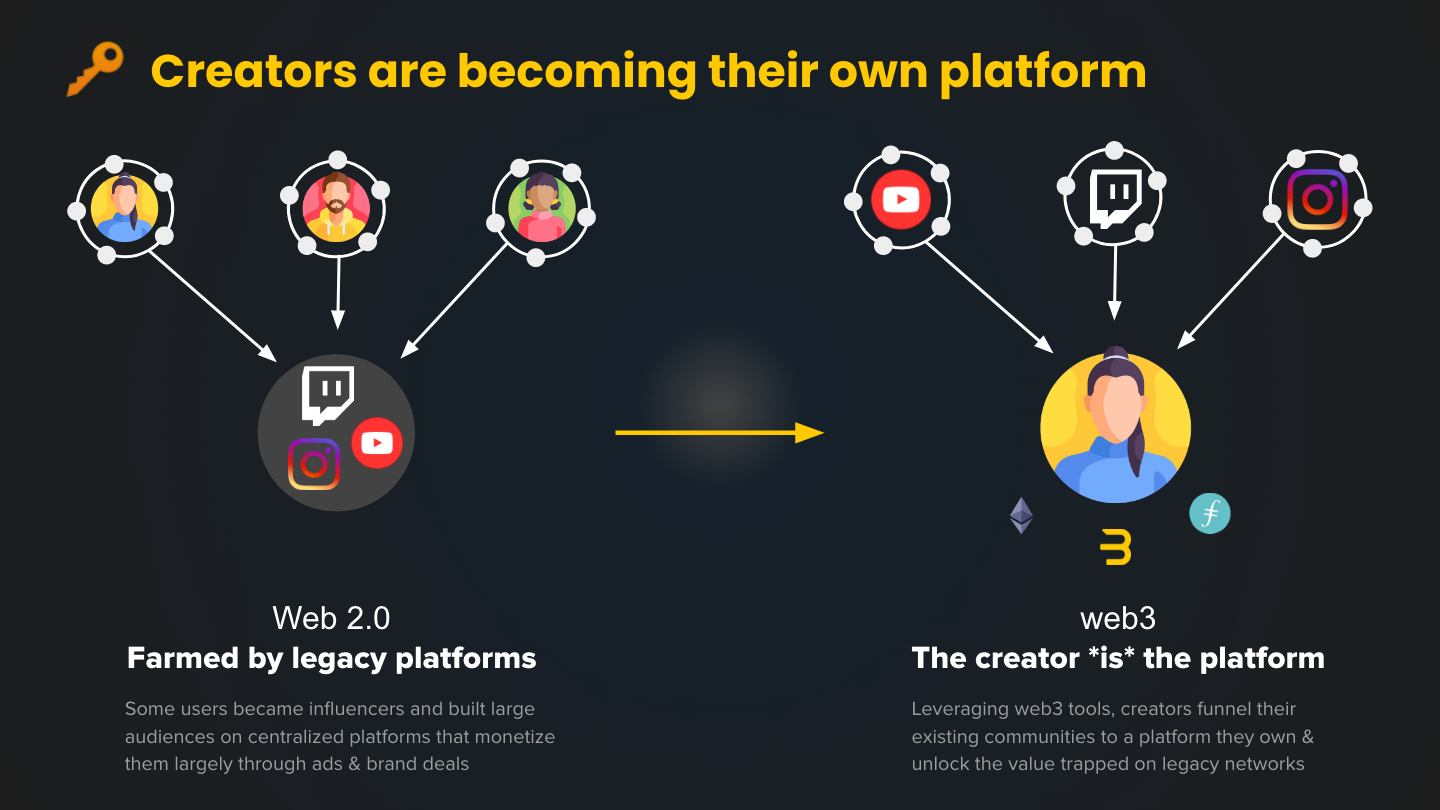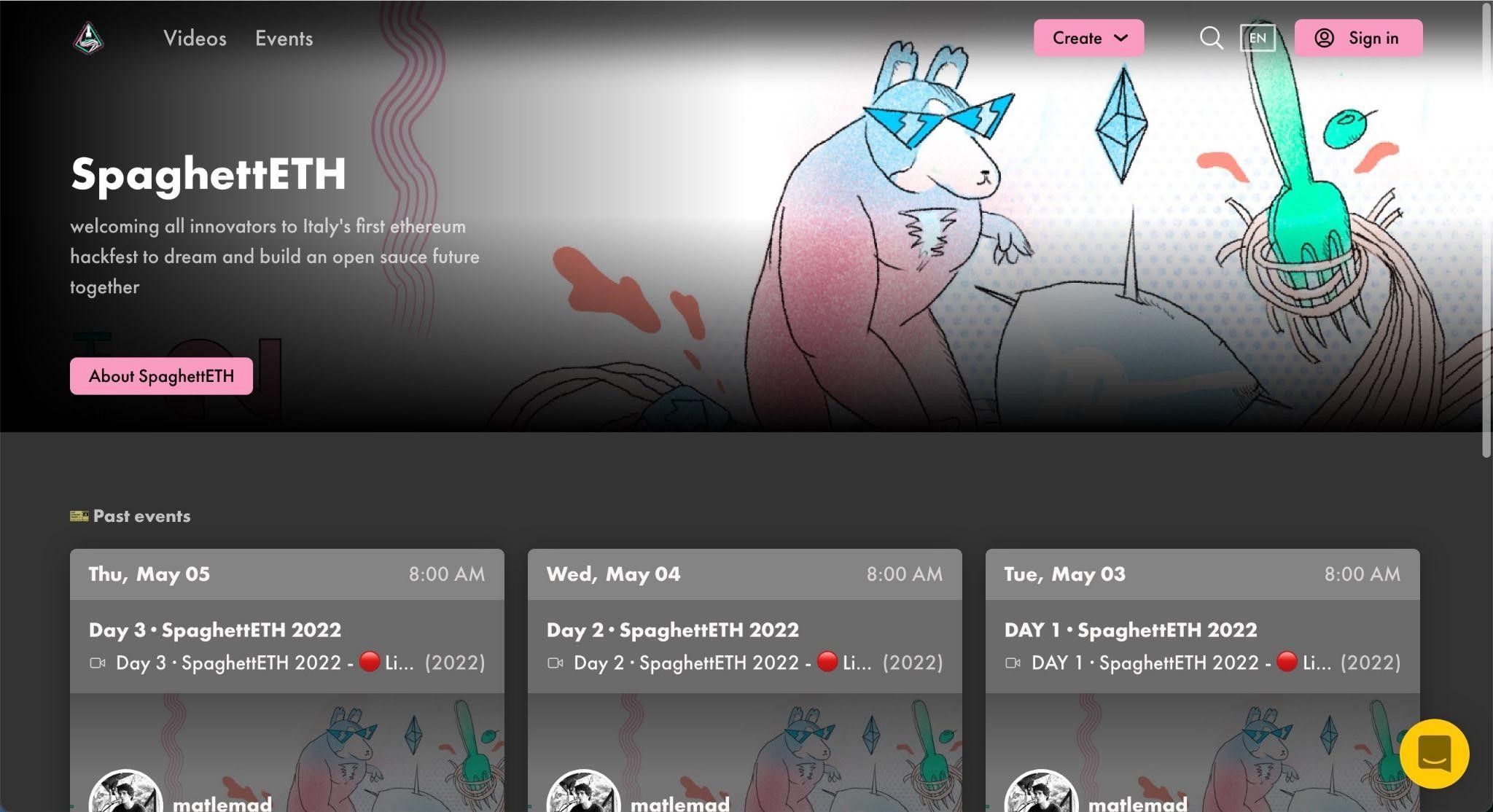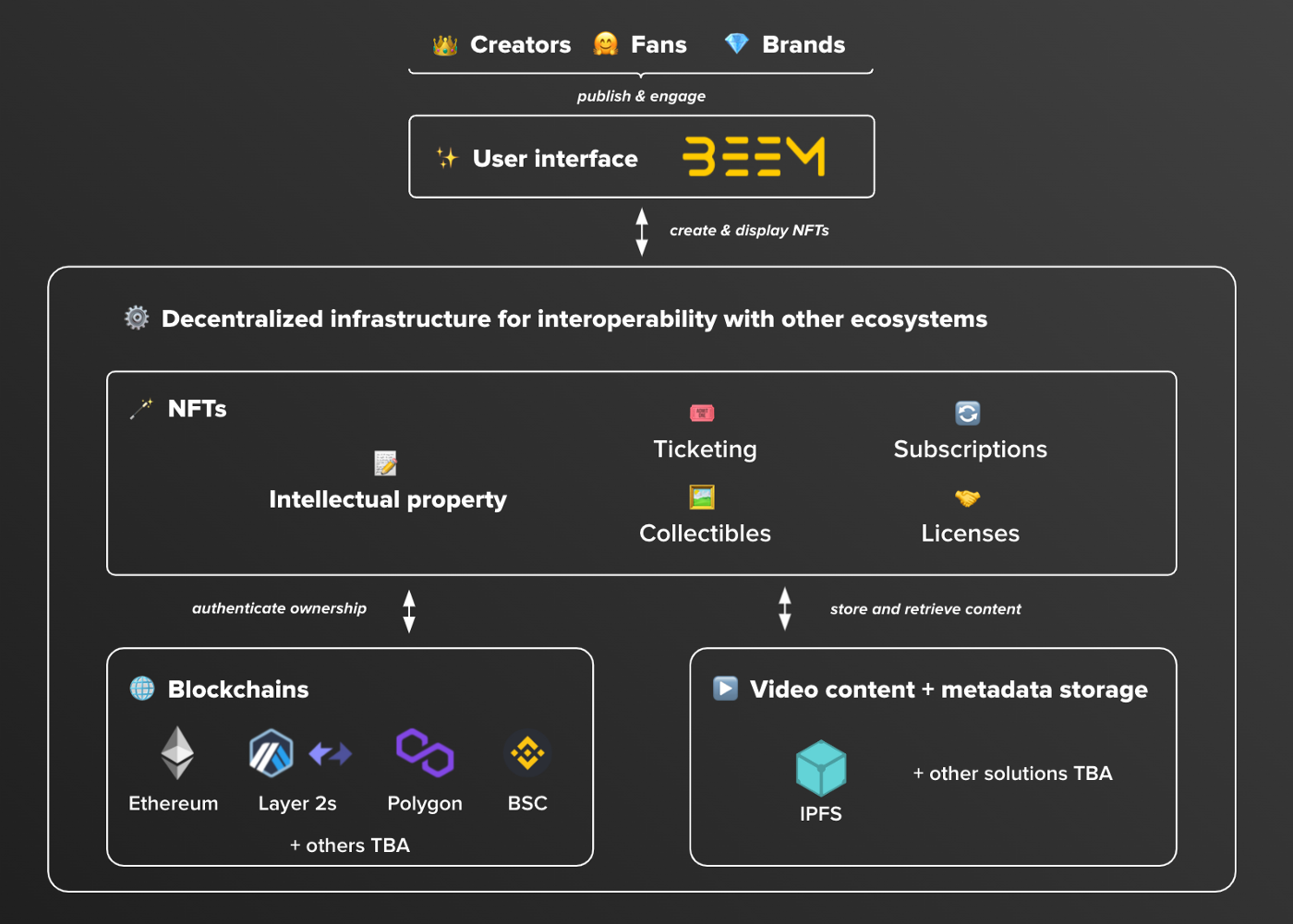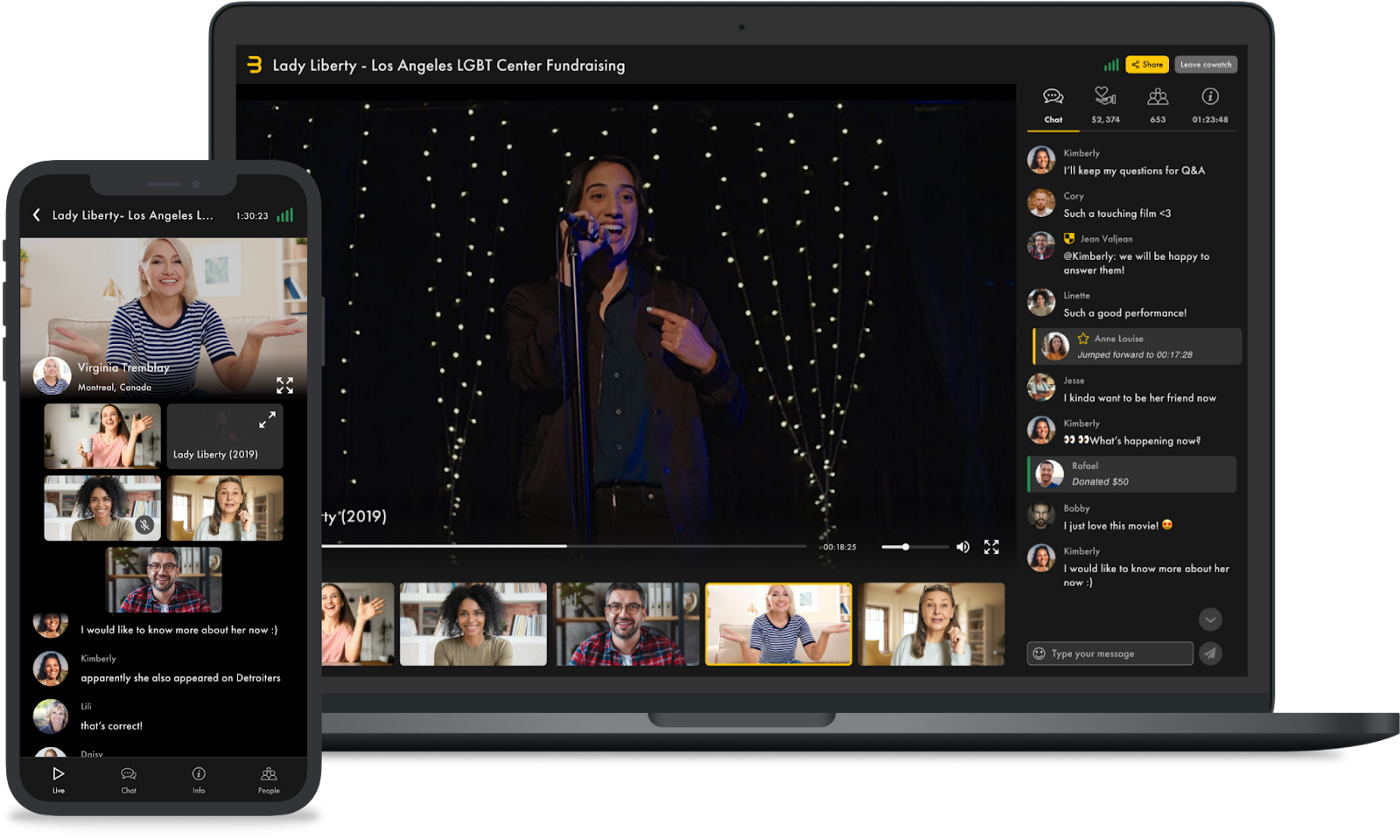How Beem Is Building a Web3 Video Streaming Platform for Filmmakers with Livepeer Studio


About Beem
Product: A web3 interactive video streaming platform for filmmakers
Location: United States
Use Case: Livestreaming events
“How do we give the tools to filmmakers so that they are able to have a more straightforward way to finance, distribute, and get the community around the movies they're producing?” asked Beem co-founder Cyprien Grau.
Groundbreaking businesses are born when curious people ask big questions, such as the one Grau asked himself one day in 2018. With the help of his partner Mihai Crasneanu, these two experienced tech entrepreneurs decided to use the power of web3 to reshape the film industry
In their whitepaper (under the stealth name “Unchained”), they showed how the shift from DVDs and Blu-rays to the video-on-demand (VOD) world of Netflix generated revenue losses estimated at $12 billion.
Part of the blame can be attributed to the smaller selection of movies available (ten times smaller than in the DVD era, according to estimates cited in the whitepaper), erratic streaming quality, and poor user experience, which left many consumers dissatisfied.
Their solution, Beem, takes the best from platforms like YouTube Live, Eventbrite, and Patreon and combines them to create a web3-native platform for filmmakers. In this new world, filmmakers are the platform.

Beem allows filmmakers to upload their productions, distribute them to their audiences – free or paid – and create live events with full ticketing management in a few clicks. They can also stream their events on YouTube Live, Twitch, or Facebook Live to reach the largest audience possible and generate greater interaction and monetization. After the event, the creators can offer the recording for replay – once again, for free or paid.
These creators can also invite guests and fans on stage and interact with them via live video and chat. Participants, for their part, can easily access the events from any device and cast them to their TV through Airplay or Chromecast.
“You have two things: the video on one side, and the live experiences on the other. We are giving creators their own store where they can sell and distribute their content, but also the live experiences and live events with their fans,” said Grau.
They also offer a premium white-label solution called Beem Pro, which allows filmmakers to create a fully customizable page with unique branding, content, and events. Pro users have the tools to run their communities, and access analytics about their events, content distribution, and revenues while maintaining full ownership of their content and data.
Since their beta launch in October 2020, more than 2,000 creators have used Beem to host film premieres and festivals, live concerts, podcast recordings, interactive workshops, and fundraisers.

What drives movie fans to the platform isn’t just their filmmakers but the relationship they develop through their support and the experience of participating in live events. “It's the story you're telling and the project with an actual human being trying to create something,” said Grau. “We see that the community is actually craving for these kinds of stories […] the behind the scenes aspect of them.”
Beem has allowed filmmakers to distribute their productions and engage their audiences. “Since we offer live events and streaming, you can stream the content in sync for everyone at the same time. So everyone is chatting together while they see the content in HD.”

“This is why we really want to rely on Livepeer Studio. You can basically push what you want people to see on screen, and then stream that content on Facebook, YouTube Live, and any other RTMP endpoints,” said Grau.
For Grau, the benefits Livepeer Studio offered were perfect for creating a platform fully made on web3. As he explained:
“[Livepeer Studio allows] filmmakers to avoid managing ten different software tools just to do their own streaming and broadcasting. They can use a single one, and then stream through a bunch of different channels, and use those existing communities that they already have in all those different platforms, like the centralized web2 platforms, to attract them to their own video streaming platform with their own branding, their own content, their own look and feel.”
Crasneanu and Grau expect this experience-led concept to become the next big thing in the film industry, which has recently been dubbed the “film3” movement.
“We believe that the future of engagement will have micro-communities of super fans that are going to pay you a lot and that are going to be super invested in having that unique relationship with the creators.”

“We think that Livepeer plays a very important role in the web3 video ecosystem. And the way you started approaching it from the transcoding perspective makes a lot of sense,” said Grau. “Dealing with video at scale is incredibly hard and very demanding in terms of infrastructure needs. We’re happy to rely on partners that are specialized and that are leveraging an already pretty big network of nodes.”
They had thought of doing their own transcoding and video delivery. Still, as Grau explained, “the reality is that this is a very web2 way of thinking. In this new interoperable web3 world, it's way better to leverage Livepeer's different [...] integrations that you have because all those protocols are interoperable. It will cost you more if you try to do it yourself.”
For Grau, the integration with Livepeer Studio was the missing piece he and his team were looking for when creating Beem.
“I’ve been working on the video space for a while. So the first time Livepeer came out, I was like, ‘oh my god, this is awesome. Someone is doing it.’”
As they continue to grow, Beem’s core team expects to continue their integration with Livepeer Studio beyond livestreaming events. “We want the experience for our users and creators to be at least as good as what's happening on web2, and possibly even better,” said Grau. “And so this is why leveraging existing networks and leveraging strong partnerships, like the one we have with Livepeer Studio, makes a lot of sense – because it allows us to ensure a certain level of quality of delivery.”